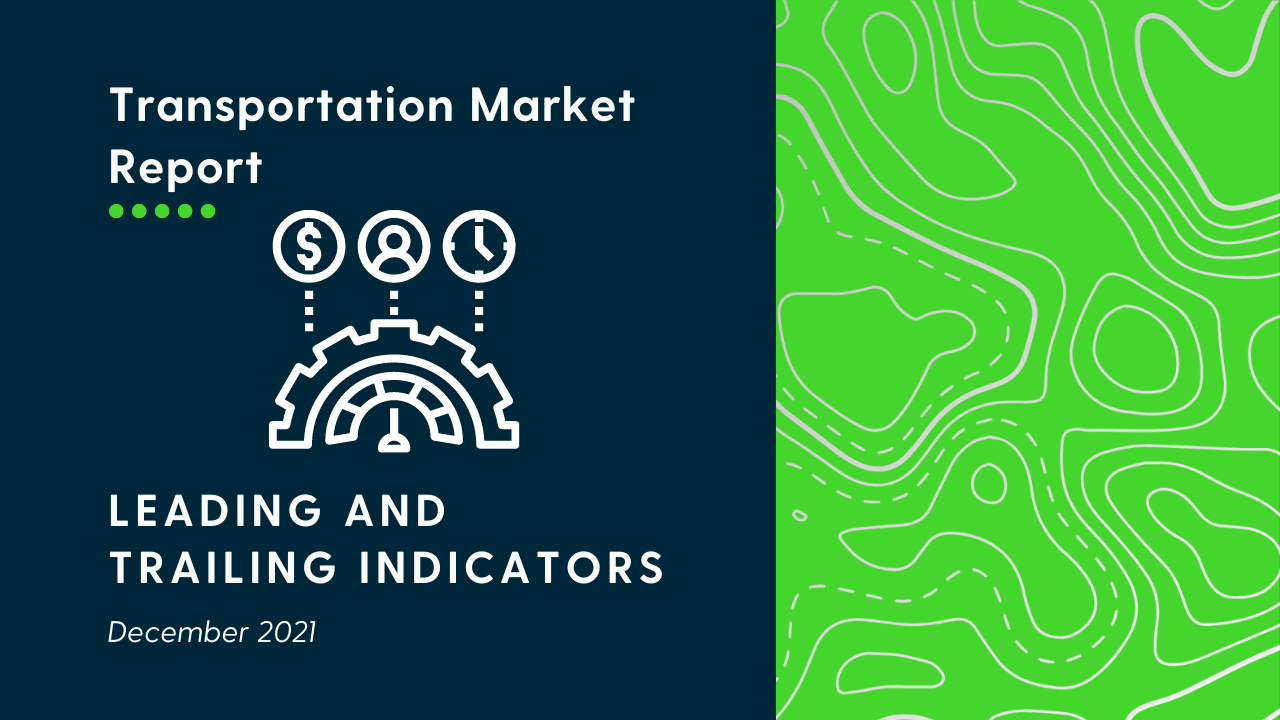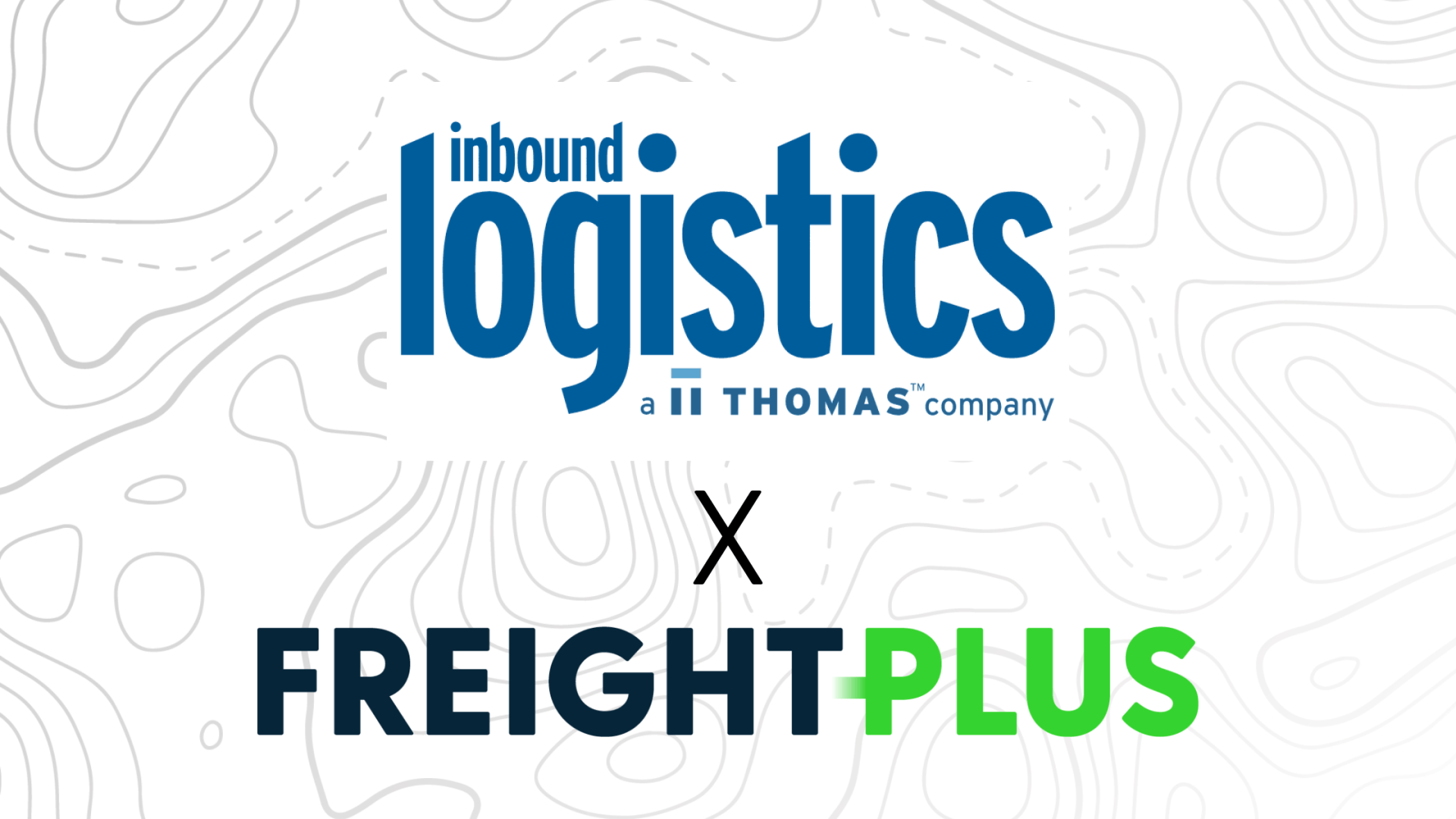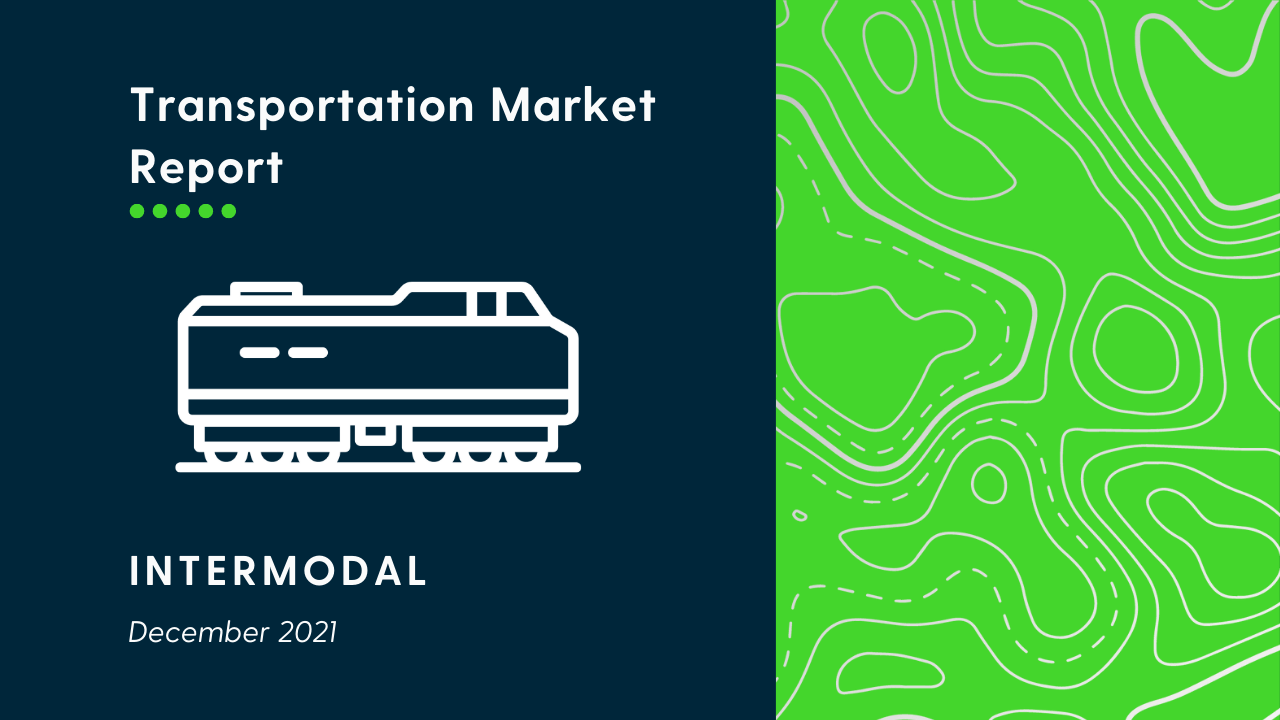9 Ways to Reduce Chargebacks with your Vendor Compliance Program
In this episode, we share 9 ways you as a shipper can reduce the number of chargebacks you are experiencing in your vendor compliance program.
1, Audit, Audit, Audit: In order to avoid chargebacks, you first need to identify them by auditing your invoices. The five most common are: Late/Missing ASN, Missing/Invalid GS1-128 (UCC128) Labels, Bad Ticketing, Order Fill Rate, Early/Late Shipments. Come up with a set of internal metrics that will go towards eliminating problem areas.
2, Create a Standard of Procedure: How much are you being charged, what is your exposure to future fees/fines, and what's an acceptable percentage of chargebacks? Before you can fix the problem, you'll need to quantify it. Work with accounting to review costs directly related to invoice reductions. Once you know how much trouble you're in, or could potentially be in, you can start forming best practices to gain control of these areas of your supply chain.
3, Assemble a team or assign the responsibility:
Define who is responsible for your vendor compliance program. One issue that many companies have is that there is no direct department handling chargebacks. While logistics, sales, and accounting all have a hand in invoicing at various stages, shippers that have a dedicated vendor chargeback owner perform best against their peers. Ultimately, a truly cross-functional team with hands in IT, finance, logistics, distribution, transportation, merchandising, etc should be involved.
4, Select the right Carriers:
The number one reason for chargebacks are late/early deliveries. It is imperative that you select truckers who can remain in compliance with the needs of your retail partners. A great trucking rate may look fantastic at first but if goods are being delivered at the wrong time, in the wrong order, with the wrong equipment, to the wrong dock, or with the labels on the wrong side, you're going to be facing a litany of avoidable chargebacks. It's also important to make sure your carriers are following the proper procedures for both FTL (full truckload) & LTL (less than truckload) shipments. Bad carriers cost you money and ruin retail relationships.
5, Technology:
Vendor Compliance Programs and the scorecards they're graded against are no longer simply about document transfer. Retailers expect their partners to use and be proficient with modern inventory management tools. After early/late deliveries, improper ASN (advanced shipping notices) violations account for the second most chargebacks. A properly implemented and administered EDI (electronic data interchange) program will automate data transfers both internally and with your customers. This will allow both you and your customers to see and know where inventory is at any given time, and when more should be expected.
6, Don’t ignore the relationship:
While chargebacks may make up 13% of a retailer's profit, most aren't using chargebacks as a profit center. Their goal is to increase their own efficiency as well as that of their partners and to keep shelves stocked with hot items. Most suppliers should make the effort to reach out to these retail partners and review their practices and routing guides. Let them know that you're rewriting your SOPs & carrier instructions and want to be compliant with their standards. This opens up the dialogue and creates an opportunity to collaborate and build relationships. You may also want to consider setting up a quarterly conference call to review scorecards and discuss any changes to policy. A little communication can go a long way towards minimizing chargebacks.
7, Benchmark your data and operation:
Once you have all of your ducks in a row and you're seeing progress in eliminating chargebacks vs your own internal metrics, it is now time to benchmark your program against others. Is your EDI up to snuff? How are your carriers performing vs the industry? Do you have proper inventory visibility? Is your data clean? Compliance is a world filled with strict rules and best practices. A well-conducted benchmarking won't just review how closely you're following those rules and if you're keeping to those best practices, it will also see how your entire vendor compliance program is performing against the industry.
8, Periodically Review Technology Requirements: Periodically review these eight common technology-linked requirements to ensure there haven’t been any changes and standards are consistently being met:
- Ensure SKUs in your system correspond with those in the retailer’s system
- Check the character length of store/unit codes on labels
- Ensure quiet zone margins on barcode labels are the correct specifications.
- Make sure barcodes on labels are fully scannable and are not getting cut-off
- Check to see that load authorization or routing confirmation numbers on Bills of Lading and in the ASN are the correct format and character length
- Check special notes or ancillary information required on Bills Of Landing
- Confirm you have the correct format and character length of carrier SCAC and PRO numbers. Check the required data elements on the packing lists.
- Ensure label printing hardware is maintained to avoid label scanning issues at receipt by the retailer.
9, Fight the chargeback:
Now that you have a system in place and have reviewed your chargebacks, you may start seeing fees that simply don't belong. At that point, it may be time to throw the challenge flag. In order to get chargebacks reversed, you're going to have to prove that the documentation you provided was accurate, available, and provided to your customer. After you've identified where your charges are coming from, begin documenting the process that results in those fees so you can present a case against them.










